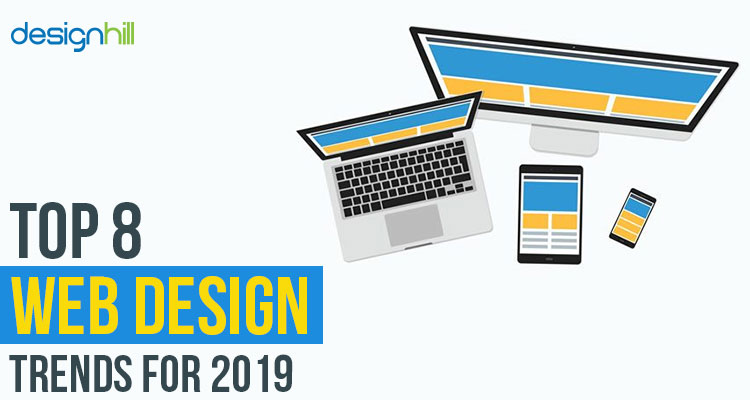Essential Internet Site Layout Tips: Just How To Build A Website That Focuses On User Experience
Essential Internet Site Layout Tips: Just How To Build A Website That Focuses On User Experience
Blog Article
Material Author-McKnight Skinner
When it comes to site design, ensuring user-friendliness is essential. From receptive layout to streamlined navigating, every element plays a critical duty in creating a site that satisfies your target market's needs. Yet what about the better information that can make or break a user's browsing experience? Stay tuned as we uncover some often-overlooked tips that can elevate your site's functionality to the next level, making it absolutely attract attention in the digital landscape.
Value of Responsive Style
Responsive design is a critical element of modern website growth. Guaranteeing your web site is receptive methods that it can adjust to different display dimensions and tools, offering a smooth experience for individuals.
With wcag 2.1 ada section 508 raising use of mobile phones and tablets to access the web, having a receptive style is important for reaching a wider target market. It aids in improving customer experience by making your internet site easy to browse and keep reading any gadget.
Additionally, receptive style can positively influence your online search engine rankings, as search engines like Google focus on mobile-friendly web sites. By having a receptive layout, you're additionally future-proofing your web site, as brand-new devices with differing screen dimensions continue to arise.
Simplify Navigating Framework
To boost user experience and promote very easy access to details on your internet site, streamlining the navigation structure is vital. When developing your site, focus on producing a clear and intuitive navigating food selection that assists visitors discover what they're looking for rapidly.
responsive design of food selection products to the fundamentals, organizing associated web pages with each other to avoid frustrating individuals. Usage detailed tags that plainly show the material of each page, making it simpler for customers to understand where each web link will take them.
Think about applying dropdown food selections for subcategories to avoid cluttering the main navigation bar. Additionally, include a search bar prominently on the web page for users who favor searching for certain information.
Prioritize mobile responsiveness in your navigation style to make sure very easy accessibility on all tools.
Maximize Web Page Load Speed
Improving web page load speed is important for maintaining visitors on your web site. Slow-loading pages frustrate customers and can result in high bounce prices. To maximize web page tons rate, beginning by optimizing photos. Compress photos without endangering top quality to decrease their documents dimensions.
In addition, allow web browser caching to keep often accessed sources locally, speeding up load times for returning visitors. Minify CSS, JavaScript, and HTML data by eliminating unneeded personalities, comments, and format, boosting load rate.
Take into consideration using a material shipment network (CDN) to distribute your site's material throughout numerous servers worldwide, decreasing latency for users accessing your website from different places. Finally, limit the use of third-party scripts and plugins, as they can considerably impact lots times.
Conclusion
In conclusion, by including receptive design, simplifying navigating, and enhancing web page load speed, you can create a straightforward web site that attract a wider audience and boosts customer experience. These essential elements make certain that visitors can easily access and navigate your website throughout different devices, causing raised involvement and contentment. By concentrating on these crucial aspects, you can construct a successful site that keeps customers returning for even more.
